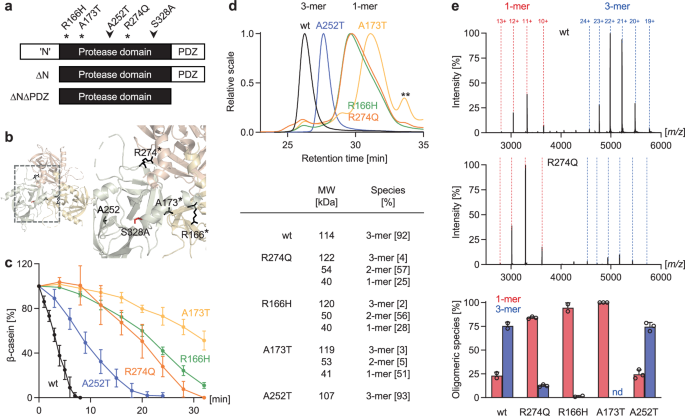2024-07-15 バーミンガム大学
<関連情報>
- https://www.birmingham.ac.uk/news/2024/off-the-shelf-wearable-trackers-provide-clinically-useful-info-for-patients-with-heart-disease
- https://www.nature.com/articles/s41591-024-03094-4
ジゴキシンとβ遮断薬による心拍コントロールの評価のための消費者向けウェアラブルデバイス:RATE-AF無作為化試験 Consumer wearable devices for evaluation of heart rate control using digoxin versus beta-blockers: the RATE-AF randomized trial
Simrat K. Gill,Andrey Barsky,Xin Guan,Karina V. Bunting,Andreas Karwath,Otilia Tica,Mary Stanbury,Sandra Haynes,Amos Folarin,Richard Dobson,Julia Kurps,Folkert W. Asselbergs,Diederick E. Grobbee,A. John Camm,Marinus J. C. Eijkemans,Georgios V. Gkoutos,Dipak Kotecha,BigData@Heart Consortium,the cardAIc group & the RATE-AF trial team
Nature Medicine Published:15 July 2024
DOI:https://doi.org/10.1038/s41591-024-03094-4

Abstract
Consumer-grade wearable technology has the potential to support clinical research and patient management. Here, we report results from the RATE-AF trial wearables study, which was designed to compare heart rate in older, multimorbid patients with permanent atrial fibrillation and heart failure who were randomized to treatment with either digoxin or beta-blockers. Heart rate (n = 143,379,796) and physical activity (n = 23,704,307) intervals were obtained from 53 participants (mean age 75.6 years (s.d. 8.4), 40% women) using a wrist-worn wearable linked to a smartphone for 20 weeks. Heart rates in participants treated with digoxin versus beta-blockers were not significantly different (regression coefficient 1.22 (95% confidence interval (CI) -2.82 to 5.27; P = 0.55); adjusted 0.66 (95% CI -3.45 to 4.77; P = 0.75)). No difference in heart rate was observed between the two groups of patients after accounting for physical activity (P = 0.74) or patients with high activity levels (≥30,000 steps per week; P = 0.97). Using a convolutional neural network designed to account for missing data, we found that wearable device data could predict New York Heart Association functional class 5 months after baseline assessment similarly to standard clinical measures of electrocardiographic heart rate and 6-minute walk test (F1 score 0.56 (95% CI 0.41 to 0.70) versus 0.55 (95% CI 0.41 to 0.68); P = 0.88 for comparison). The results of this study indicate that digoxin and beta-blockers have equivalent effects on heart rate in atrial fibrillation at rest and on exertion, and suggest that dynamic monitoring of individuals with arrhythmia using wearable technology could be an alternative to in-person assessment. ClinicalTrials.gov identifier: NCT02391337.


